Mint: definition, how to grow it, diseases, care for it
Introduction to mint
Hardy perennials that are easy to recognize not only because of their refreshing scent, but because all members of the mint genus have opposite leaves and square stems. The long stems grow upward, twist, and roots form where the stems touch the soil, allowing the mint plant to spread vigorously. Its small white or purple flowers that bloom in summer attract bees, butterflies and other pollinators.
- Mint leaves are full of antioxidants and phytonutrients, contain vitamin A, vitamin C, phosphorus, calcium, and have antibacterial properties.
- One of the rich sources of iron, potassium and manganese, which improves hemoglobin levels and enhances brain functions.
- Mint leaves are low in calories and contain a small amount of protein and fat, so you can add mint leaves to your diet program to lose weight easily.
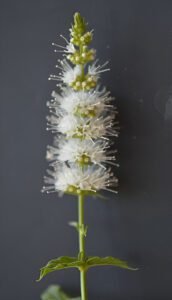
Basic care guide
“Banana” – It has a minty taste with a hint of banana
Bull's Mint – purple flowers and large leaves. Best for making mint sauce
“Chocolate” – produces brown leaves that taste like mint
“Lemon” – Lemon flavour, dark green/purple leaves and violet flowers.
“Tashkent” – curly mint leaves and purple flowers
“Variegata” – or pineapple mint, has cream green leaves with a pineapple scent.
Original home
Europe
Nickname
Budina
Platoon Oral
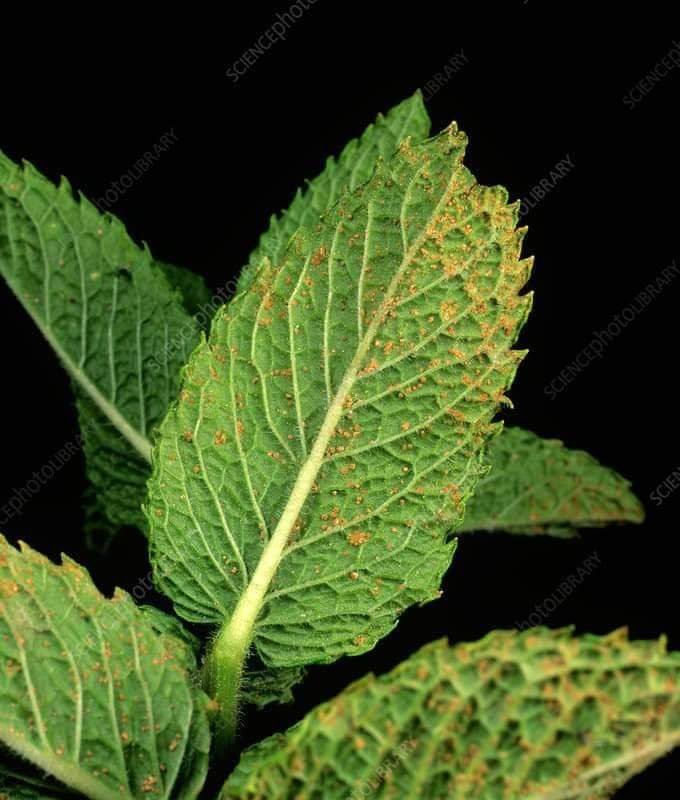
The amount of water needed
Water mint during dry periods to keep the soil slightly moist, and add more water when the top of the soil feels dry to the touch. Keeping the soil slightly moist – but not soggy – is an ideal environment for mint.
If you notice your mint leaves wilting, this is a sign that the plant needs more moisture.
It is best to water mint in the morning so it has plenty of moisture during the day as temperatures rise.
Suitable living conditions
It tolerates frost easily. Mint can be grown in cold winter climates
Suitable lighting for him:
- Mint plants prefer partial shade, although they will grow in full sun if you water them frequently. However, it is best to protect them from the strong afternoon sun. Mint can also survive in fairly shady conditions, although it may be leggy and does not produce a large number of leaves or have a pleasant flavour.
It grows best in clay, moist but well-drained soil. Do not add old compost or old manure to the area where mint is growing; High fertility can leave mint susceptible to rust. Mint prefers a soil pH of 6.0 to 7.0.
-Planting depth: Plant the seeds ¼ to ½ inch deep.
Space plants 12 to 18 inches or more apart; Mint spreads quickly
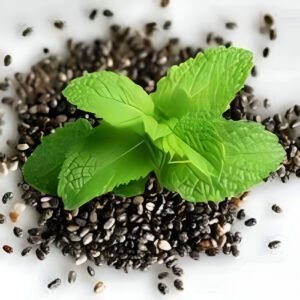
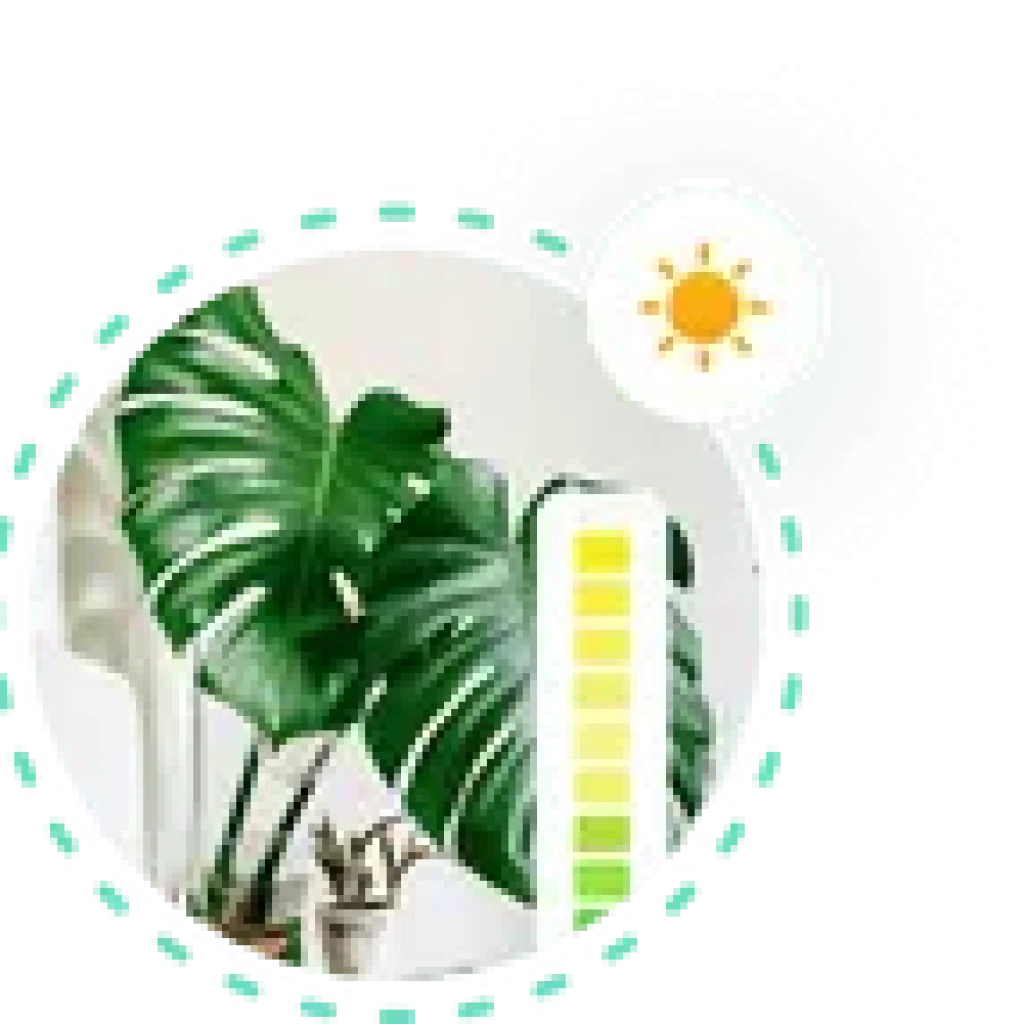
Find out what light your plants are actually getting.
Find the best locations for them to improve their health, simply using your phone.
Fertilization care
- Add 1400 lbs. (635 kg) of nitrogen - phosphorus - potassium 20-20-20 per hectare every year (1 hectare = 2.47 acres = 10,000 square meters). Usually, this amount is divided into 6 or 7 applications, with the first beginning of spring and the last application being within 10 days before the last harvest.
- It is necessary to use soil- or water-soluble fertilizers between two or three harvesting sessions. In this way, the plants will be stimulated to regenerate quickly and produce enough plant material for the next harvest, which will take place only 45 days later.
- As a general rule, fertilizer amounts should be low immediately after each harvest and gradually increased according to plant growth. Water-soluble fertilizers are often used in mint cultivation, through drip irrigation or sprinkler irrigation.
How to plant seeds
- Plow the land first and turn it under the sun until it is sterilized.
- Then scatter the mint seeds spaced apart so that they do not stack together when they grow.
- Then put a thin layer of soil on top of it, and water it by spraying.
- Don't forget to provide proper irrigation.
- *Growing mint from seeds does not guarantee results.
- Mint can be grown at any time of the year indoors, or even outside if you protect it from frost by covering it with a plastic cover.
Pruning
Cut the top half of the plant in late spring and mid-summer.
-Cut the woody stems back to encourage succulent growth.
Avoid letting flowers bloom; Flowering will reduce the oil content of the leaves.
Cut and replant mint every two to three years. If not cut, mint can become woody.
- Mint rust: A fungal disease. This disease causes orange and brown spots on the underside of the leaves, and can lead to partial or complete collapse of the plant. Watering plants from above can help spread the disease. (Reduce watering in order to allow better air circulation which helps reduce the spread of the disease. Mint rust can be managed by spraying with fungicides)
- Aphids and spider mites are common pests of mint plants. The common denominator for these pests is that they reside on the underside of the leaves, often causing spots on the leaves and changing their color, and the leaves can be removed partially or completely (the solution is using a suitable insecticide, a solution of soap with water, or biological predators such as the midge insect).
- Wilting caused by the fungus Verticillium. A fungal disease that infects a plant through the root system and can eventually kill it. The best prevention against it would be to rest the land for 4 years, if cotton or plants from the Solanaceae family (tomatoes, potatoes, and tobacco) are grown in this field.
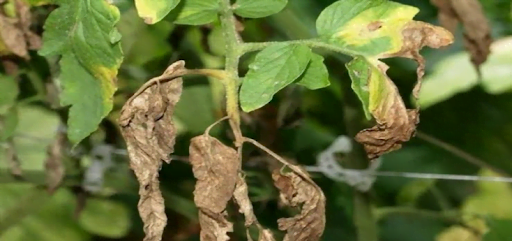
Suggested use
- Use freshly harvested mint as a garnish for various recipes or in mixed drinks, salads, soups, teas and baked goods
- If you plant mint in the cracks of paths and between rocky places in high-traffic areas, the mint will release its aromatic scent.
- Use mint to flavor your tea. Add a sprig of mint to a pitcher of lemonade to make a refreshing drink
- Repels insects such as cockroaches, ants and spiders
- A medicinal plant (improves mood, eliminates stress, mint helps stimulate the secretion of digestive enzymes... helps absorb beneficial salts and minerals in food in the stomach... helps burn fat and convert it into energy.)
Suitable planting time
Mint can be planted in early to mid-May.
additional information
Plant height
Ranges from 1 to 3 feet
Flowering time:
Mid-summer through fall
Harvest stage:
It usually takes about two months to reach a harvestable size
If it is a houseplant, what are the best conditions for it to be cared for in a home?
- To successfully grow mint indoors, choose a very bright indoor place. Indoors, the more light, the better. If the light is weak, the plant will become tall and dull.
- It is not preferable to overwater, rather it is preferable to balance between wet and dry soil. Watering the plant is required only when the soil feels dry and the pot is light.



